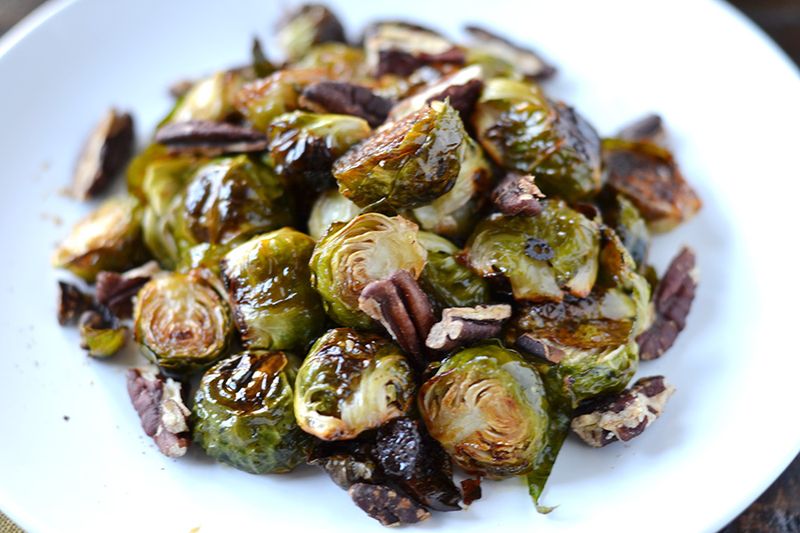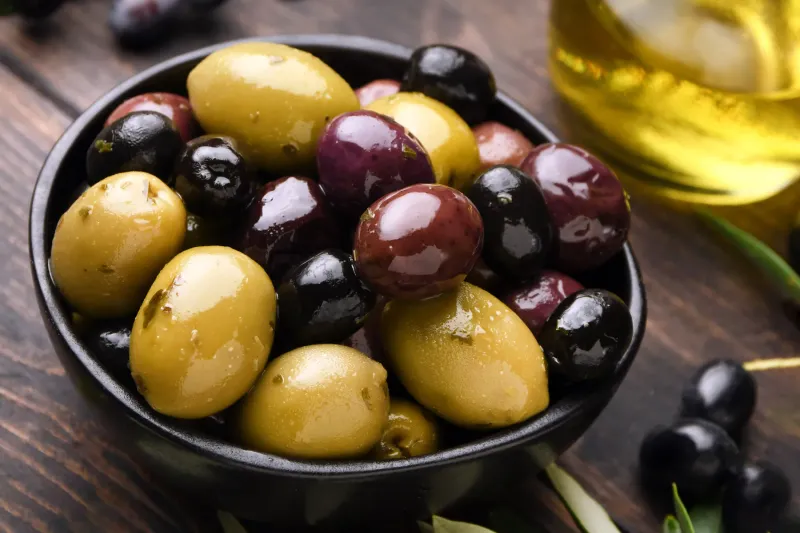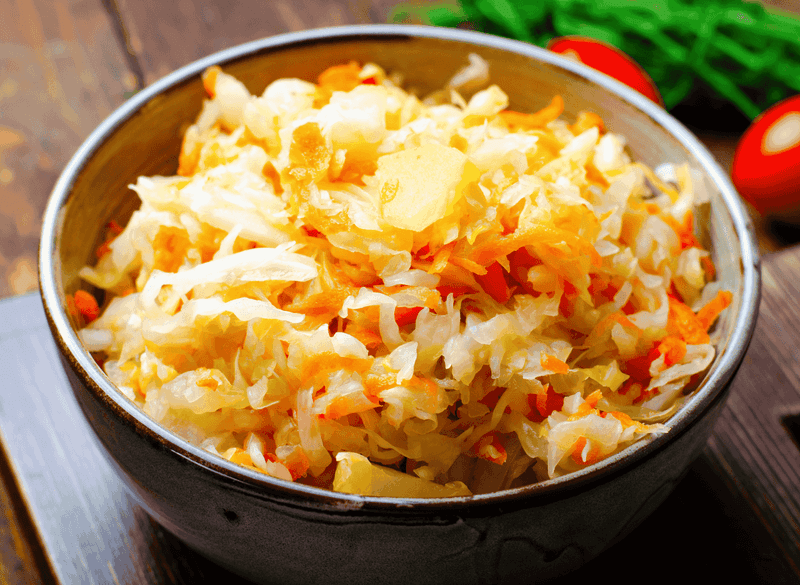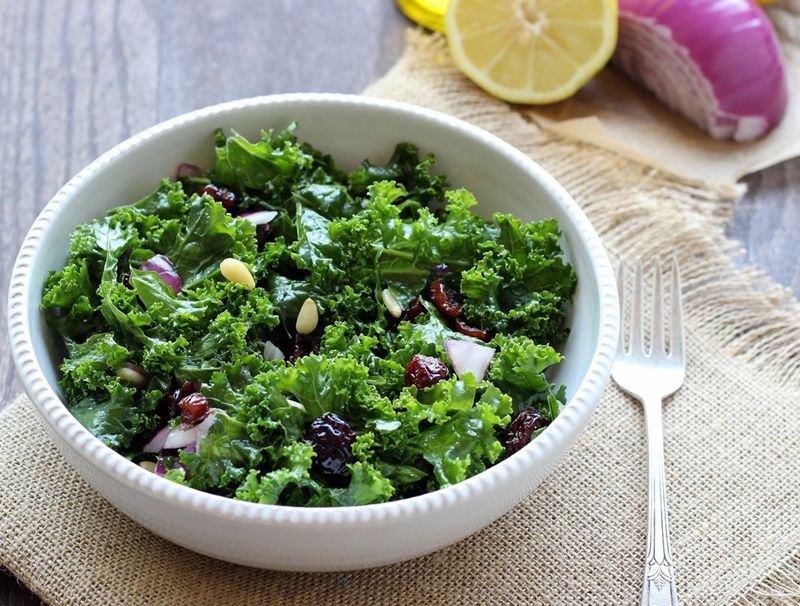The culinary world offers a wide array of tastes, and while adults may relish certain flavors, kids often have a different perspective. This stark contrast in taste preferences can lead to some interesting dinner table dynamics. Here, we explore ten foods that adults often appreciate for their complex flavors, textures, or health benefits, yet are typically met with resistance by the younger crowd. Dive into this exploration of culinary dichotomy and discover why these foods may not be kid-friendly, but remain beloved by adults.
Brussels Sprouts

Brussels sprouts, those petite green orbs, have long been the bane of many a child’s dinner plate. Despite their diminutive size, they pack a bold, sometimes bitter punch that can be off-putting to young palates. Adults, however, often enjoy their robust flavor, especially when roasted to caramelized perfection.
These mini-cabbages have gained popularity among health-conscious adults, appreciated for their high vitamin content and antioxidant properties. Tossed with balsamic vinegar or bacon, Brussels sprouts turn into a gourmet delight, offering a complexity that kids rarely appreciate. This classic vegetable showcases the typical adult-child taste divide.
Olives

Olives are often adored by adults for their salty, briny taste and versatility in various dishes, yet they remain a mystery to many children. Their unique flavor can be an acquired taste, often leaving kids wrinkling their noses.
These small fruits are staples in Mediterranean cuisine, adding depth to salads, pizzas, and antipastos. The rich, oily texture can be off-putting to the uninitiated, but for adults, they are a symbol of sophisticated snacking.
Whether enjoyed on their own or as an ingredient, olives are a testament to complex flavors appreciated with age.
Blue Cheese

With its bold, pungent aroma, blue cheese is not a friend to most children’s taste buds. Its strong, tangy flavor is loved by cheese connoisseurs, who savor its creamy texture and distinctive veins. Children, however, may find the very sight of it intimidating.
Often crumbled over salads or melted into sauces, blue cheese adds a layer of sophistication and depth that appeals to mature palates. The moldy appearance and intense smell are often enough to ward off the younger crowd, yet these very qualities are what make blue cheese a gourmet favorite among adults.
Anchovies

Anchovies might cause children to scrunch their faces, but adults often relish their salty, umami flavor. These tiny fish are powerhouses of taste, frequently used to add depth to sauces and pizzas. Their potent aroma and strong taste can be overwhelming for young palates.
Adults appreciate anchovies for their ability to enhance dishes, turning simple recipes into something extraordinary. Whether blended into a Caesar dressing or nestled atop a gourmet pizza, anchovies provide a savory punch that elevates the experience for those who have acquired the taste.
Capers

Capers, with their tangy, piquant flavor, are an acquired taste that many adults cherish. These small flower buds are often used to add a burst of flavor to dishes like pasta, salads, and fish. For children, however, capers can be a confusing addition, both sour and salty, leading to puzzled expressions at the dinner table.
Adults enjoy the sophisticated touch capers bring to a meal, often paired with lemon and herbs to enhance seafood dishes. This gourmet ingredient is a testament to the adventurous palate that often develops with age.
Eggplant

Eggplant, with its spongy texture and subtle taste, is a vegetable that children often bypass. Adults, however, appreciate its ability to absorb flavors and transform into hearty dishes like ratatouille or eggplant Parmesan.
This versatile vegetable, when cooked properly, becomes tender and flavorful, providing a satisfying base for various culinary creations. Its aesthetic appeal and culinary adaptability make it a favorite among adult cooks, while kids might simply view it as an odd, purple vegetable best left untouched.
Sauerkraut

Sauerkraut, with its sharp, tangy taste, is an acquired delight that adults often appreciate. The fermented cabbage dish is a staple in many traditional cuisines, beloved for its probiotic benefits and unique flavor. Children, however, might find its sourness too intense, often avoiding it altogether.
Adults enjoy sauerkraut as a side dish or atop sausages, adding a crunchy texture and depth of flavor. Its health benefits, combined with its distinctive taste, make it a valued component in a sophisticated palate, often overlooked by younger diners.
Kale

Kale, the leafy green that embodies health trends, is not every child’s favorite. Its slightly bitter taste and tough texture can be off-putting. However, health-conscious adults often include kale in their diets for its nutrient richness and versatility in dishes.
From smoothies to salads, kale’s ability to pair with a variety of flavors makes it a favorite among those seeking a healthy lifestyle. The transformation from crunchy raw leaves to a tender sautéed dish is a journey many adults appreciate, yet kids might find it hard to swallow.
Dark Chocolate

Dark chocolate, with its rich, slightly bitter taste, is often favored by adults who appreciate its depth and complexity. While children might prefer the sweetness of milk chocolate, adults are drawn to the intense cocoa flavor and its potential health benefits.
The higher cocoa content in dark chocolate offers an indulgence that satisfies the sophisticated palate. Paired with wine or enjoyed on its own, it represents a mature taste that develops over time. Kids may find it too harsh, but for adults, it’s a delectable treat.
Leave a comment